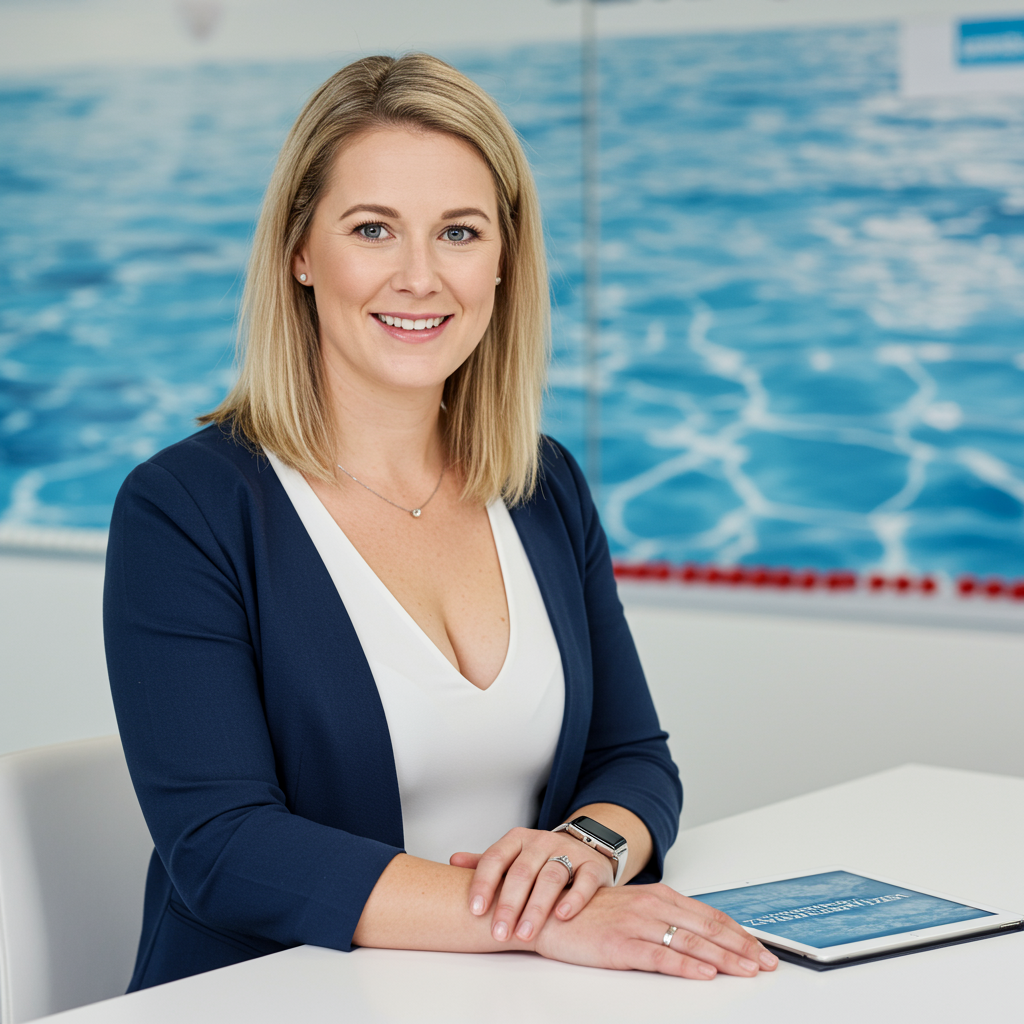Are you ever worried about your child's safety in the water, even after swimming lessons are over? You are not alone. Many parents worry about 'dry drowning' or 'secondary drowning' . Although the terms can be confusing, it is important to know what it is, how to recognise it and, above all, how to prevent it. This article gives you the information and reassurance you need.
What is dry drowning and secondary drowning?
The terms 'dry drowning' and 'secondary drowning' are often used interchangeably, but it is important to understand the difference .
- Dry drowning: This happens when a child's vocal cords痉攣 in response to water entering the throat . This痉攣 closes the airway, making it difficult for the child to breathe. So no water gets into the lungs .
- Secondary drowning: This occurs after a child has swallowed water and this water ends up in the lungs . The water irritates the lungs, which can lead to a build-up of fluid (pulmonary oedema) and breathing problems . Symptoms can develop hours after swimming .
It is important to know that the terms 'dry drowning' and 'secondary drowning' are no longer entirely accurate from a medical point of view . Doctors prefer to speak of 'delayed drowning' or 'complications after submersion' . What counts is that you are alert to symptoms after an incident in the water .
Symptoms to watch out for
The good news is that 'dry' or 'secondary drowning' does not happen without clear signs . Look out for the following symptoms, even if your child does not appear to have any problems immediately after swimming:
- Difficulty breathing: Rapid or shallow breathing, flared nostrils, retractions (the skin between the ribs or above the collarbone pulls in when breathing) .
- Persistent coughing: Coughing that does not go away or gets worse .
- Vomiting: Repeated vomiting for no apparent reason .
- Extreme fatigue or listlessness: More tired than usual, unusually sleepy or difficult to wake up .
- Behavioural changes: Irritability, confusion or unusual behaviour .
- Chest pain: Complaining of pain or pressure on the chest .
If you notice one or more of these symptoms, seek medical attention immediately. It is better to be safe than sorry.
When should you see a doctor?
See a doctor immediately if your child has the following after swimming:
- Difficulty breathing.
- Persistent cough.
- Reacts confused or unusually.
- Loses consciousness.
Prevention: Safety first
Although 'dry drowning' sounds scary, it is important to remember that it is relatively rare and that there are many things you can do to ensure your child's safety in the water .
- Swimming lessons: Enrol your child in swimming lessons. Children who can swim well are better able to save themselves in the water . For example, take a look at swimming lessons in Amsterdam or compare swimming lesson providers in your city.
- Supervision: Always supervise your child in and around the water, even if there is a lifeguard present . Never let your child swim alone.
- Water safety: Teach your child the basic rules of water safety, such as not running by the pool and not pushing in the water .
- CPR: Consider a CPR course for babies and children. This way you will be prepared for an emergency .
- Be alert: Watch for the symptoms of 'dry drowning' and do not hesitate to seek medical help if you are concerned .
The importance of swimming lessons
Swimming lessons are crucial for your child's safety. It not only teaches them to swim, but also how to react in emergency situations. A good swimming lesson provider pays attention to:
- The right technique: A good swimming technique helps your child to swim efficiently and safely.
- Self-sufficiency: Your child learns how to save themselves if they fall into the water.
- Water familiarisation: A child who is familiar with water will be less likely to panic.
Bear in mind that obtaining an A diploma is not always sufficient for real swimming safety. Consider letting your child continue for the B and C diploma, or even a swimming lesson MOT for advanced swimmers: beyond the 'c' certificate!.
Cost of swimming lessons and affordable options
The cost of swimming lessons can be an important factor when choosing a swimming lesson provider. Prices vary per provider and per region. It is wise to compare different providers and look at the teaching methods and group size. Sometimes subsidies are available to reduce the costs. For example, take a look at the possibilities in Swimming lessons in Rotterdam.
Reassurance for parents
It is understandable that as a parent you are concerned about your child's safety in the water. By informing yourself well, taking the right precautions and being alert to the symptoms of 'dry drowning', you can let your child enjoy swimming with peace of mind.
Do you want to find the best swimming lesson provider that suits your needs and budget? Compare swimming lesson providers in your city and find the perfect match for your child!
